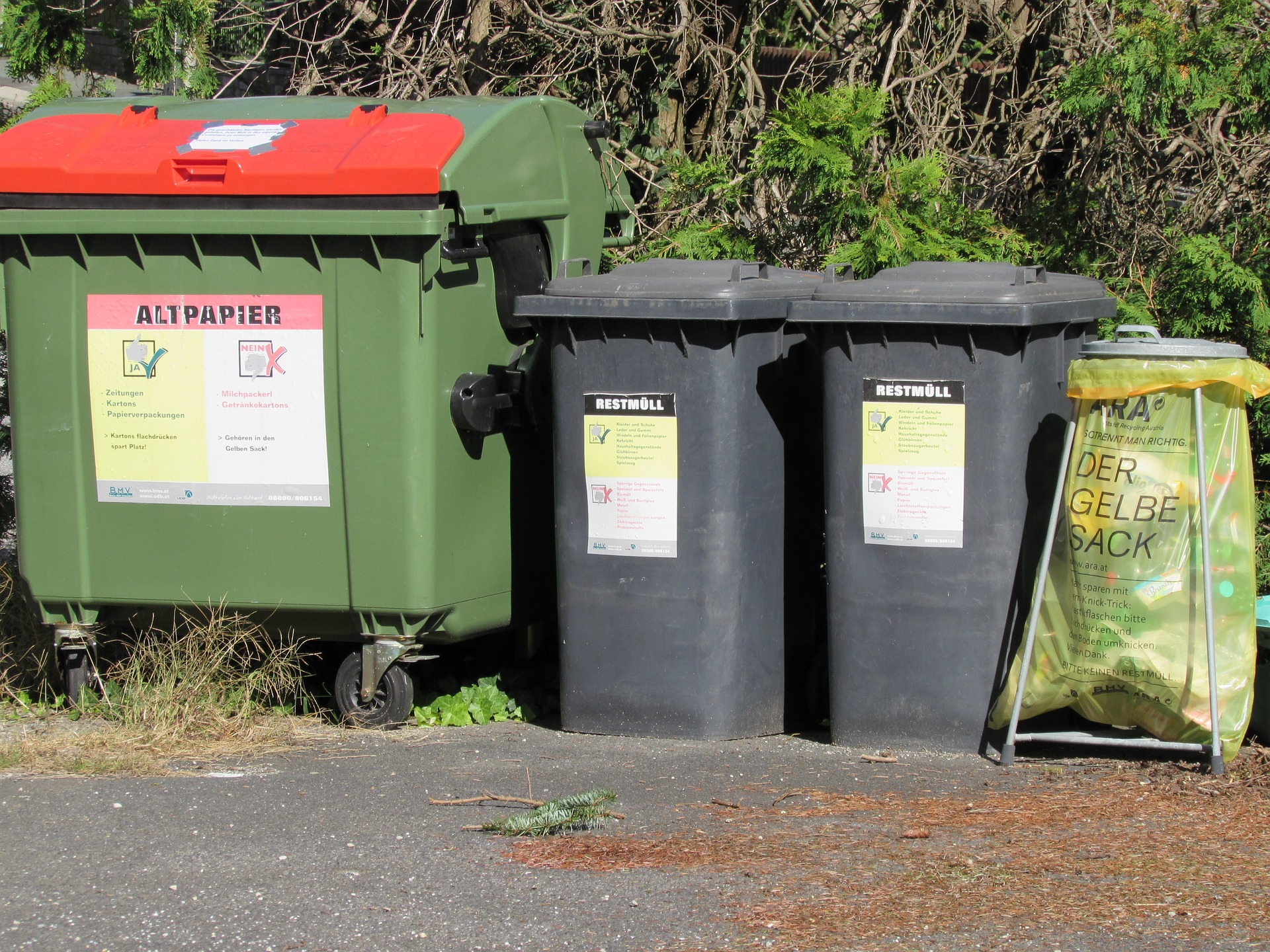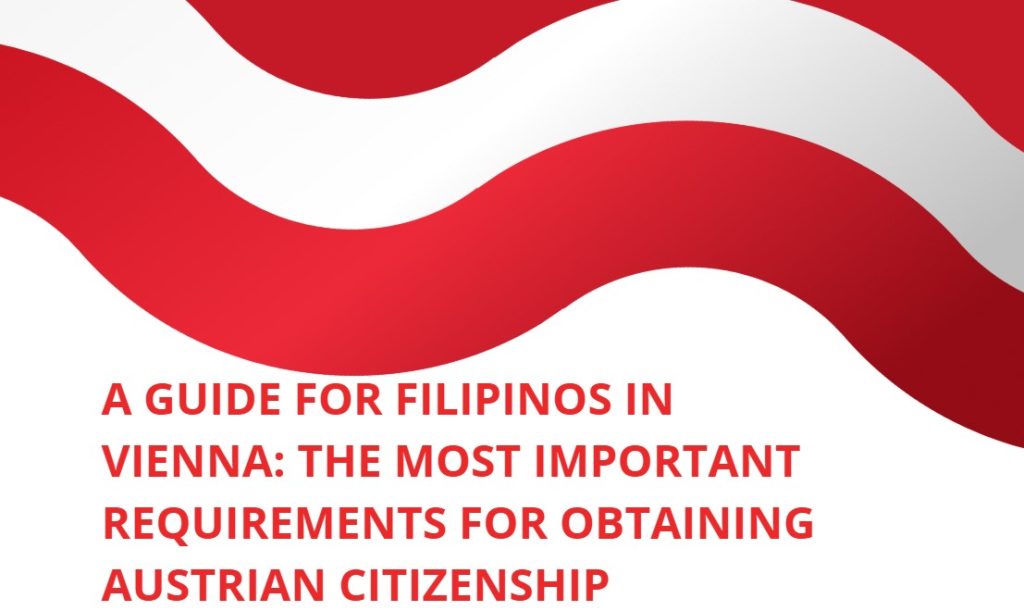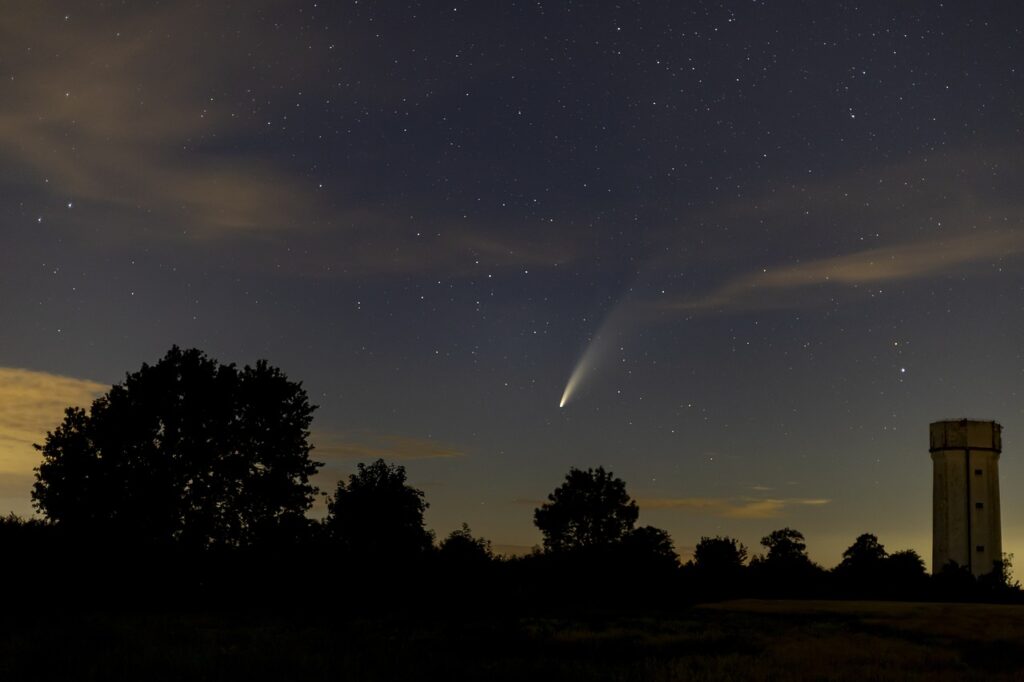Yogurt cups and aluminum lids must now be disposed of separately. Incorrectly filled bags will not be collected and will get a sticker.
Previously, plastic waste was separated differently depending on the province. In some places, all packaging was collected together, while in others – including Vienna – only plastic bottles and beverage cartons went into the yellow garbage can. With the turn of the year, plastic waste separation must be standardized. In addition to Vienna, the changes also affect Lower Austria, Carinthia and Salzburg.
In concrete terms, this means that not only plastic bottles, metal cans and beverage cartons will find their way into the yellow garbage can or yellow bag in the future, but also packaging such as fruit cups, yogurt pots, bubble wrap, chip bags, as well as packaging for sliced cheese or sausage or mineral water bottles. But beware: large films or polystyrene packagings, such as furniture, televisions or IT equipment, still belong on the garbage tip.
Materials that can be easily separated should be separated from each other. For example, yogurt cups, aluminum lids, cardboard banding and plastic cups should be disposed of separately. The plastic cap may remain on the bottle, but the air should be squeezed out to save space. Packages should be disposed of empty. Drinking out or eating up is entirely sufficient here; they are washed in recycling.
Around 18,300 yellow garbage cans at 2,200 public and private sites in Vienna are affected by the changeover. In addition, there are around 45,000 households in single-family residential areas are provided with the yellow bag. The Yellow Bag is available to single-family homes in parts of districts 10 to 14, 16 to 19 and 21 to 23 and is collected every six weeks. As before, the bags can be reordered from MA48.
Incorrectly filled bags will not be taken and will be marked with a stop sticker.
Collecting packaging separately is an essential requirement for making new packaging from waste. “This saves raw materials and reduces environmental impact and transport and energy consumption. Ultimately, we and the climate benefit significantly,” said Czernohorszky (SP). The separate collection of waste materials and composting saves around 150,000 tons of CO2 annually in Vienna. In addition, plastics are derived from petroleum. If you recycle them, one kilogram of PET bottles saves about 1.9 kilograms of fat. In principle, however, packaging should generally be avoided, and reusable packaging should be used, says Czernohorszky.
The switch is now possible due to significant advances in recycling and sorting plant technologies. And there’s more: from 2025, a deposit system on plastic beverage bottles and cans will be introduced throughout Austria. In each EU member state, 50 percent of plastic packaging must be recycled; by 2030, the figure will be 55 percent. In addition, only recyclable plastic packaging may be produced from this date. Likewise, metal packaging will also be collected in the yellow garbage can throughout Austria from 2025.
- Source: heute.at/picture: Bild von Csaba Nagy auf Pixabay
This post has already been read 1677 times!



